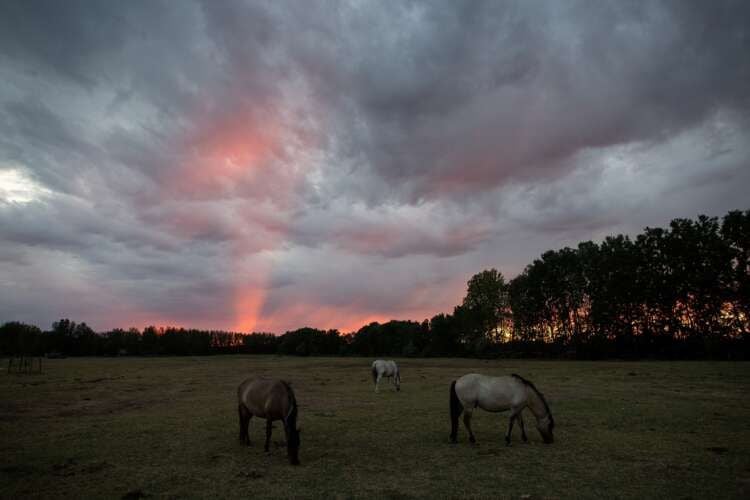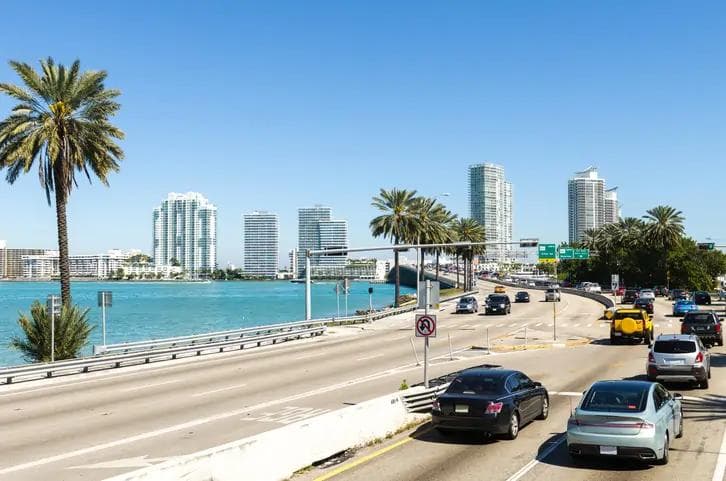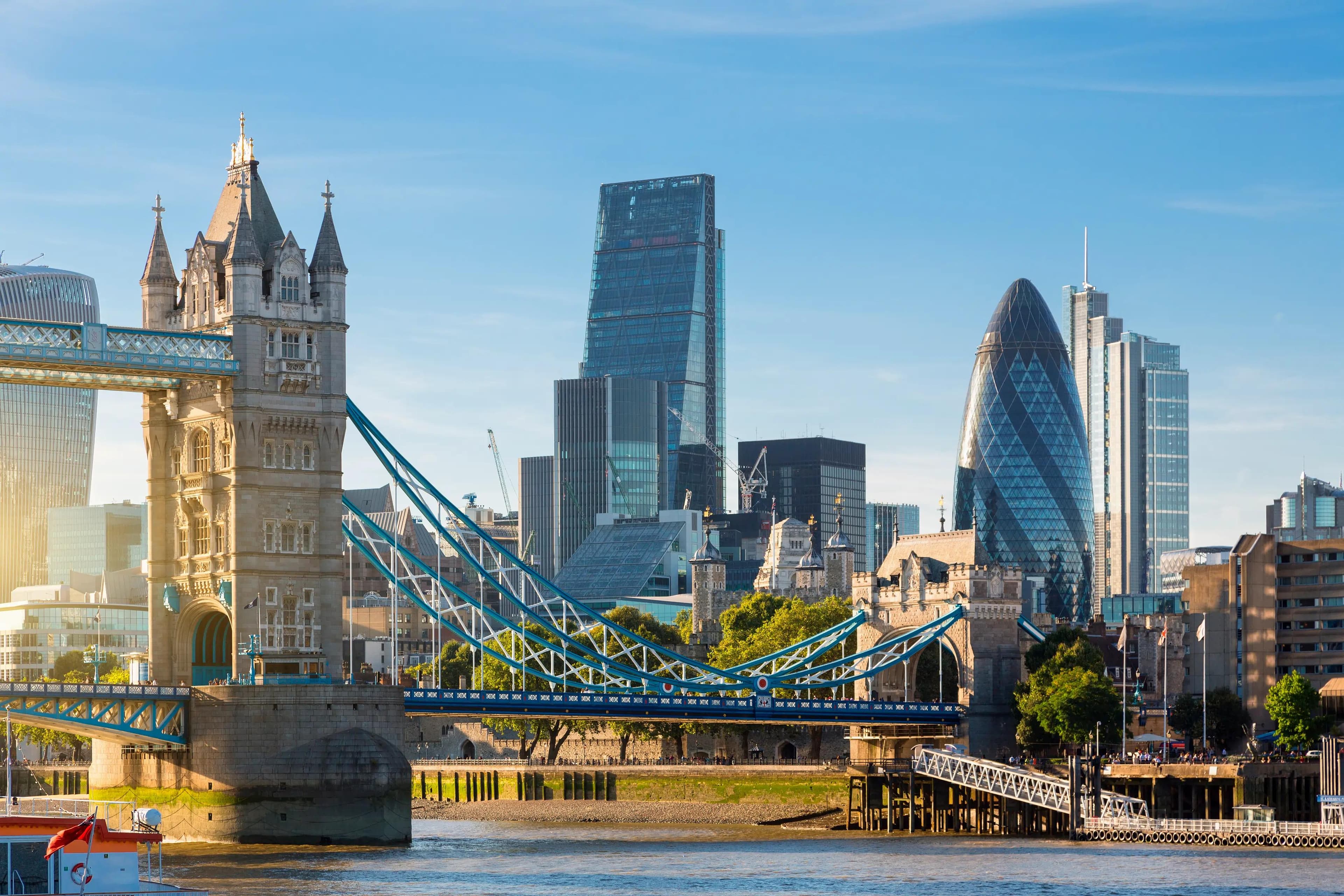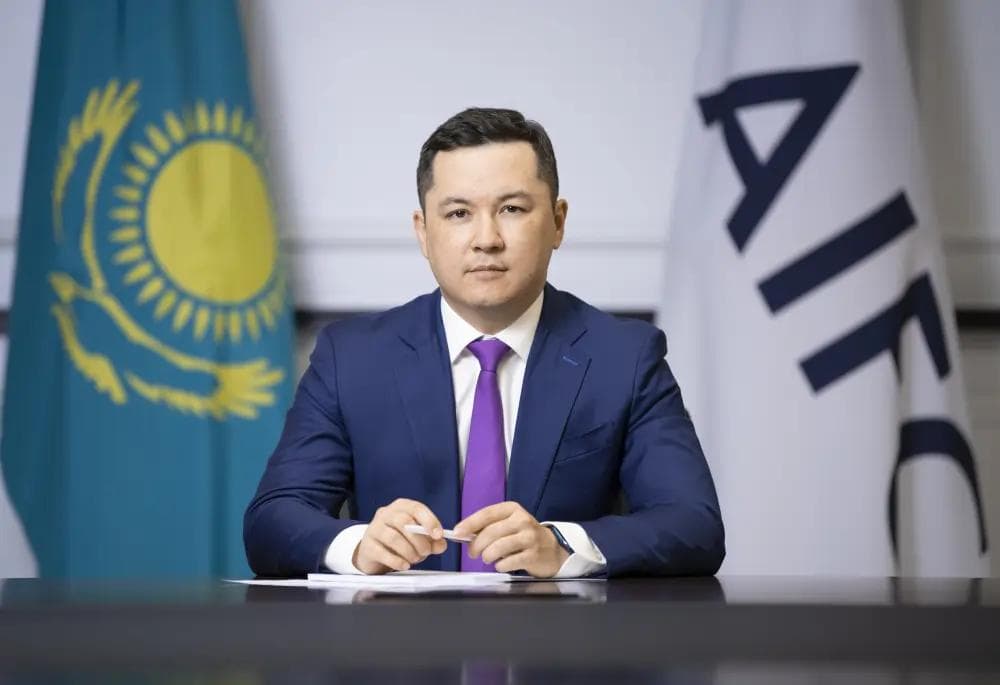‘I want to breed horses, not camels’: Hungarian farmers battle ‘historic’ drought
‘I want to breed horses, not camels’: Hungarian farmers battle ‘historic’ drought
Published by Jessica Weisman-Pitts
Posted on July 28, 2022

Published by Jessica Weisman-Pitts
Posted on July 28, 2022

By Anita Komuves
JASZSZENTLASZLO, Hungary (Reuters) – Andras Eordogh admiringly watches his dozen foals as they frolic and kick up dust on his farm in the scorching summer heat and laments that he will have to sell most of them because of the changing climate in this rural southeast corner of Hungary.
The gently-spoken, 66-year-old horse breeder, who enjoys teaching local children to ride his foals, said a severe drought means he can no longer harvest enough fodder to feed the horses.
“I really wanted to keep them… but I have been farming here for nearly three decades and I cannot remember such a severe drought,” said Eordogh, who owns 150 hectares where he breeds horses and cattle and grows grains and vegetables.
The region known as Homokhatsag (Sand Ridge), located between Hungary’s two main rivers, the Danube and Tisza, is a key agricultural area, growing corn, grain and sunflowers, and usually receives 550-600 millimetres of rain annually.
However, data from the Hungarian Meteorological Service shows it received just 120-150 millimetres in the first half of 2022.
“Many people simply give up breeding animals. They will slowly lose their livelihood,” said Ferenc Szepe, 68, another local farmer, as he grimly examined the hand-written log of monthly rainfall that he has kept for years.
“I want to breed horses, not camels,” he added.
RUNNING DRY
Farmers across Hungary have reported “historic” drought damage affecting some 550,000 hectares of land, the ministry of agriculture said this month.
Climate change is expected to affect most of Hungary’s farmland but the Homokhatsag region is especially vulnerable, said Karoly Barta, a researcher at the University of Szeged.
“The Homokhatsag… sits higher than the two rivers surrounding it and its sandy soil dries out fast,” he said.
A lake in the middle of one village, Jaszszentlaszlo, where many locals learned to swim as children, dried up years ago.
The mayors of Jaszszentlaszlo and two neighbouring villages and local farmers including Szepe banded together five years ago to block hundreds of kilometres of channels crisscrossing their land in order to retain rainwater. The channels were built in communist times to drain the area and increase the arable land.
The farmers said they could live with the increased risk this plan brought of occasional flooding of their land.
The plan violated an old law that says the channels must be kept open to drain excess rainwater and channel it to the Danube and the Tisza, but the farmers said they had the tacit approval of the authorities.
“They see that the situation is dire… and they tolerate the rule-breaking because they see our results,” said Csaba Toldi, the leader of the group.
But this year’s drought has finally scuppered the project.
Winter and spring rains mostly failed, leaving water only in the one channel at Jaszszentlaszlo, but that too had run dry by May.
“The last year when the channels were full of water was 2019… This is the third year of the drought, and it tops everything,” Toldi said.
‘HOPING FOR RAIN’
Istvan Lang, the director of the General Directorate of Water Management, said in March the government would spend 200 billion forints ($511 million) over the next eight years on saving the Homokhatsag region from drying up and that about 10% of the work had been done already.
Local farmers said they had not been notified of these plans and had only heard of them from the media.
Gergely Lajko, a 27-year old farmer, said he would rather find solutions than complain. “But we are just hoping for rain now, there is not much else we can do.”
Lajko returned home to Jaszszentlaszlo with his wife three years ago and bought a farm and three horses.
They planned to expand the farm into a small business breeding sheep, pigs and chickens this year, but the drought could put some of those plans on hold.
“Maybe we should find out what thrives in the desert. Arab horse breeds? Kiwi fruit? Camels?” Lajko chuckled. “These are our bitter jokes these days.”
(Reporting by Anita Komuves, Editing by Krisztina Than and Gareth Jones)
Explore more articles in the Top Stories category











